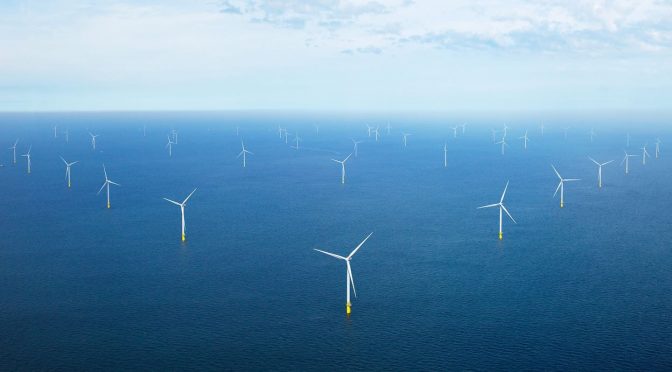Only a few days ago, a Memorandum of Understanding was signed to quickly build the first German LNG terminal in Brunsbüttel near Hamburg. Now RWE is following suit. The company wants to realise another project in the immediate vicinity: a terminal for the import of green energy. RWE is relying on green ammonia* as the most competitive hydrogen derivative with the highest level of technological maturity. The project is intended to help facilitate the subsequent conversion of the entire site ready to import green molecules. This underlines RWE’s aspiration, as a shareholder in the LNG terminal, to pay particular attention to its green conversion. Brunsbüttel can thus become a role model for the decarbonisation of industrial society.
The Federal Minister for Economic Affairs and climate Action Robert Habeck welcomes the project: “Russia’s brutal war against Ukraine has made it abundantly clear that we must become independent of fuel imports from Russia. The LNG terminal in Brunsbüttel is an important element in this, as it will increase the capabilities to import gas to Germany. Green ammonia as a liquefied hydrogen derivative can make an important contribution to supplying Germany with green hydrogen. At the same time, we can gain important experience with this project for the conversion from LNG to green hydrogen or hydrogen derivatives.”
Markus Krebber, CEO of RWE AG, explains: “It is now more important than ever to think of climate protection and security of supply as one. That’s what we are doing. On the one hand, we are involved in the forthcoming construction of the first LNG terminal in Germany. On the other hand, we are going to build an ammonia terminal at the site to forge ahead with the import of green molecules for the decarbonisation of industry. This flagship project will cover the entire value chain – from import, to conversion, transport and use by industrial customers. The entire site will benefit from this.”
From as early as 2026, around 300,000 tonnes of green ammonia per year are due to arrive in Germany via the terminal and be distributed to customers. The next step is to build a cracker on a large industrial scale at the terminal to produce green hydrogen on site as well. This will then be transported to industrial customers via a dedicated hydrogen pipeline.
With this expansion stage, an increase in the volume of ammonia to two million tonnes per year is also planned. The terminal is thus at the beginning of a green import infrastructure that will lead to climate-friendly production processes. Due to its direct access to the North Sea and the Baltic Sea, and its connection to European inland waterways, the Brunsbüttel site offers ideal logistical conditions for the project. Brunsbüttel Ports GmbH is supporting the project with space and as a logistics partner with port infrastructure to unload tankers.
To achieve the climate goals, the demand for green molecules will increase strongly in the future. To meet the demand for decarbonising industry, Germany needs access to green molecules from other parts of the world in addition to its own hydrogen production. The green ammonia terminal is intended to provide an important connecting point for this.
RWE expects investments in the mid three-digit million euro range. To allow for rapid implementation, pragmatic action, swift planning and approval processes, short construction timelines along with high safety standards are required. The green ammonia terminal and the transport infrastructure thus create an excellent basis for preparing the site today for the time when energy imports will only be green.


